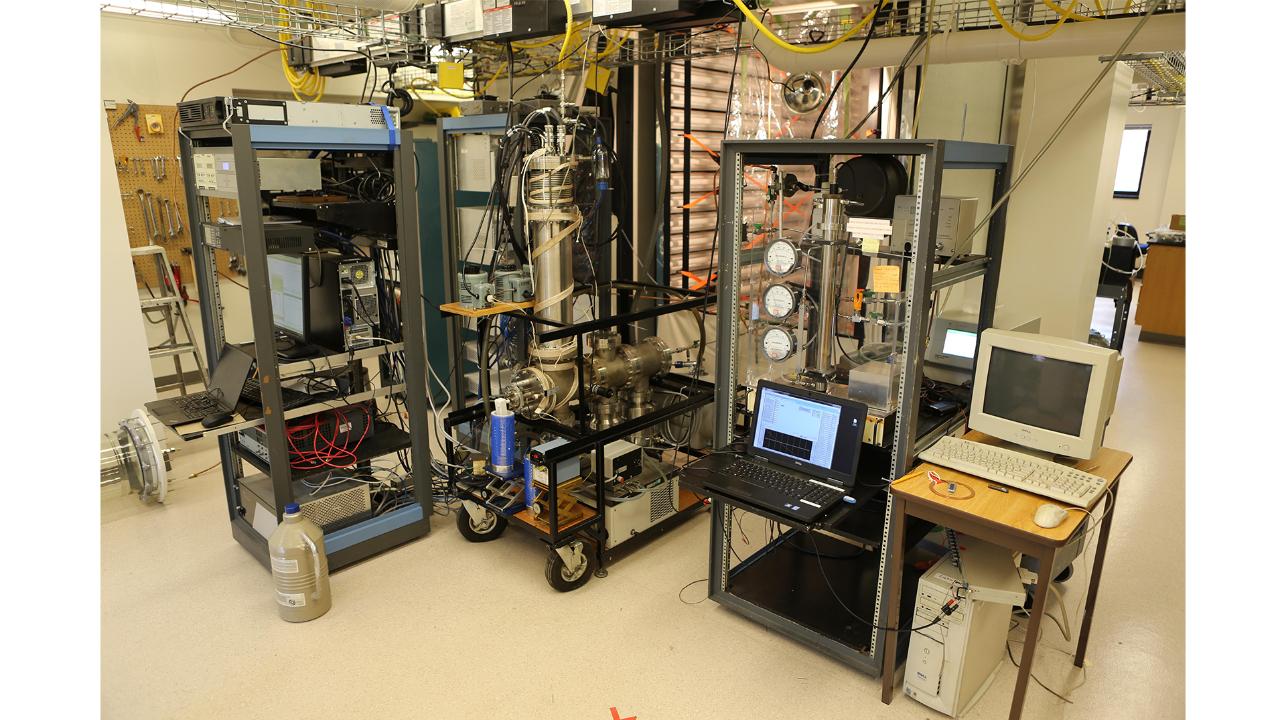Paul Ziemann
Professor of Chemistry
- Ph.D., Penn State, 1991
Research Interests
The primary focus of our group's research is to elucidate mechanisms by which organic compounds emitted from biogenic and anthropogenic sources react in the atmosphere to form products that can create microscopic organic aerosol particles. These reactions occur in the gas- and particle-phases, and the resulting particles affect climate, visibility, and human and environmental health. We conduct experiments under simulated atmospheric conditions and then identify and quantify organic reaction products using a variety of analytical instruments and methods. This information is used to develop chemical mechanisms that can be used to improve air quality and climate models. We also conduct laboratory and field studies aimed at better understanding the chemistry of indoor air.
Current Research
In the past few years our research has primarily focused on determining the products and mechanisms of oxidation reactions conducted in large Teflon environmental chambers where we can simulate the chemistry of the atmosphere. We have employed a variety of mass spectrometry, chromatography, and spectroscopy methods to identify and quantify organic products formed from reactions of the major atmospheric oxidants (OH radicals, O3, and NO3 radicals) with volatile organic compounds commonly emitted from vehicles, consumer products, and vegetation, including wildfires. Information from these studies is being combined with measurements of the rates of chemical reactions and partitioning of acids in phase-separated organic/aqueous systems to better understand the effects of molecular structure on the gas- and particle-phase atmospheric chemistry of organic compounds. We have also continued to apply knowledge gained from this work in collaborative studies conducted with groups at Colorado State University and North Carolina State University to investigate how the chemical and physical properties of organic aerosol particles influence their ability to act as seeds for the formation of clouds, either through absorption of liquid water or by promoting the nucleation of ice crystals. Research conducted with Profs. Jimenez, de Gouw, and Miller on the chemistry of indoor air at the CU-Boulder Art Museum has identified and quantified chemical sources, transformations (including the first observations of autoxidation in indoor air), and deposition processes that lead to the contamination of art objects on display or in storage. Related laboratory experiments have demonstrated that common indoor materials such as painted wallboard and varnished wood can very effectively absorb organic compounds from air, and that alkenes present in human skin oils and commercial products deposited on surfaces play an important role in the removal of ozone in indoor environments. And in a recent study at the Dal Ward Athletic Center we measured organic chemicals evaporated into the air from skin and emitted in the breath of CU-Boulder athletes, and the volatile products of reactions of perspiration and chlorine-containing cleaning products on exercise equipment, in order to evaluate the possible chemical exposures of athletes during training activities. Overall, our work helps to improve current understanding of atmospheric chemistry and aids in the development of air quality models for predicting the fate of organic chemicals outdoors and indoors, their role in particle formation, and the impact of human activities on the environment.
Research Categories
Atmosphere, ChemistryResearch Images
Honors and Awards
to
Invalid date -Sponsors
-
Invalid dateP.I.(s)
About CECA
CECA connects and creates a supportive environment for graduate students and postdocs who come from various academic units to do research in CIRES.
